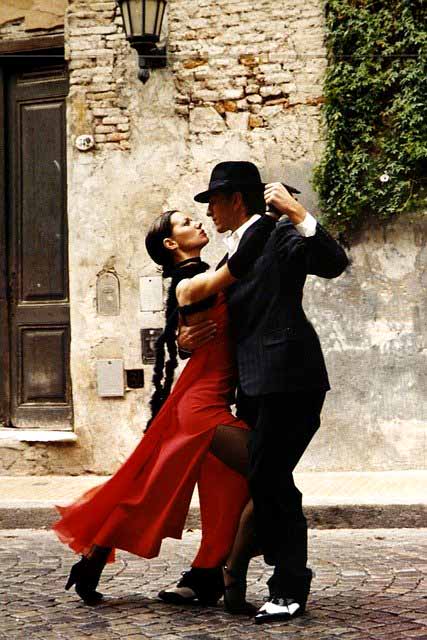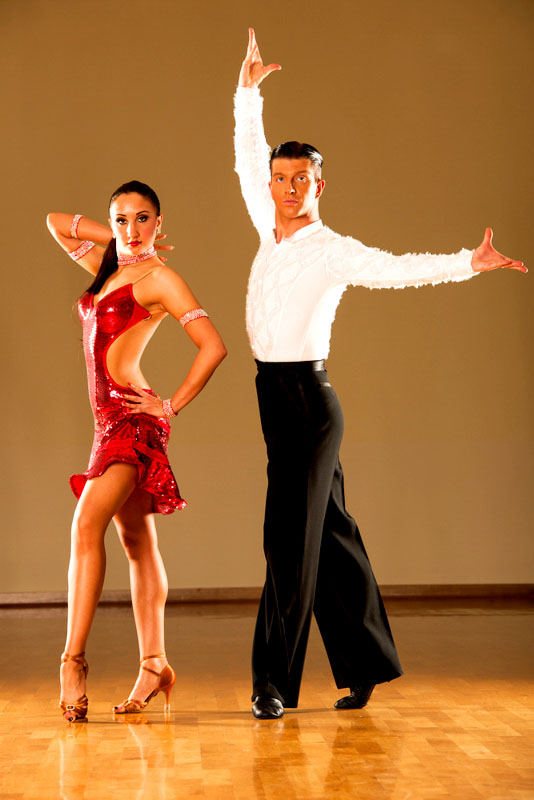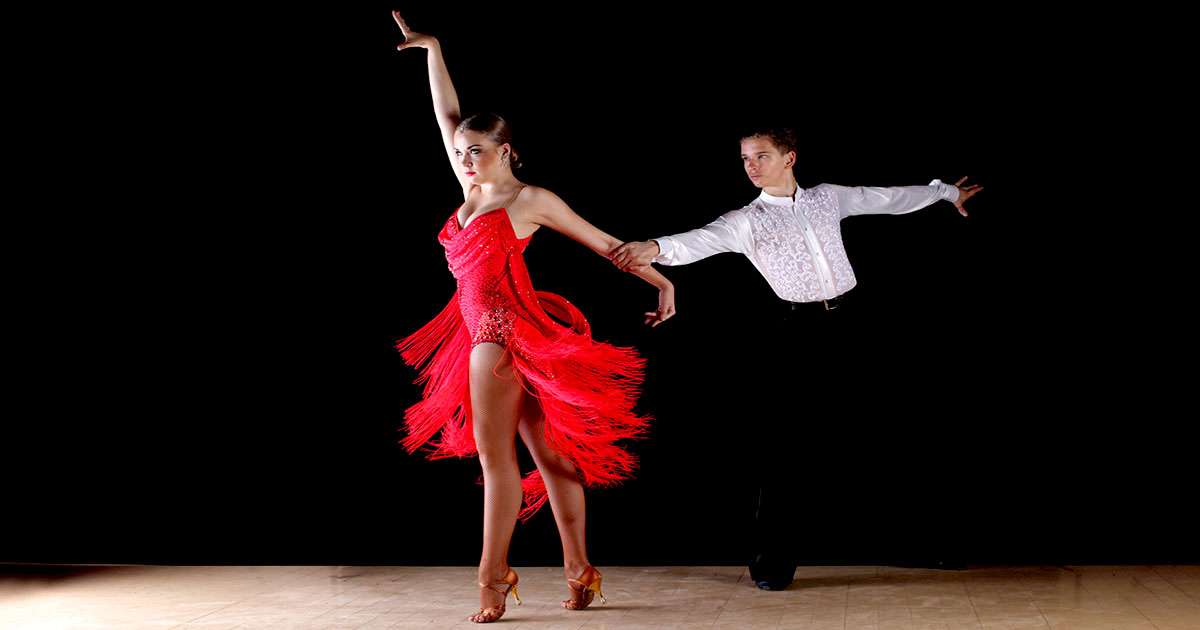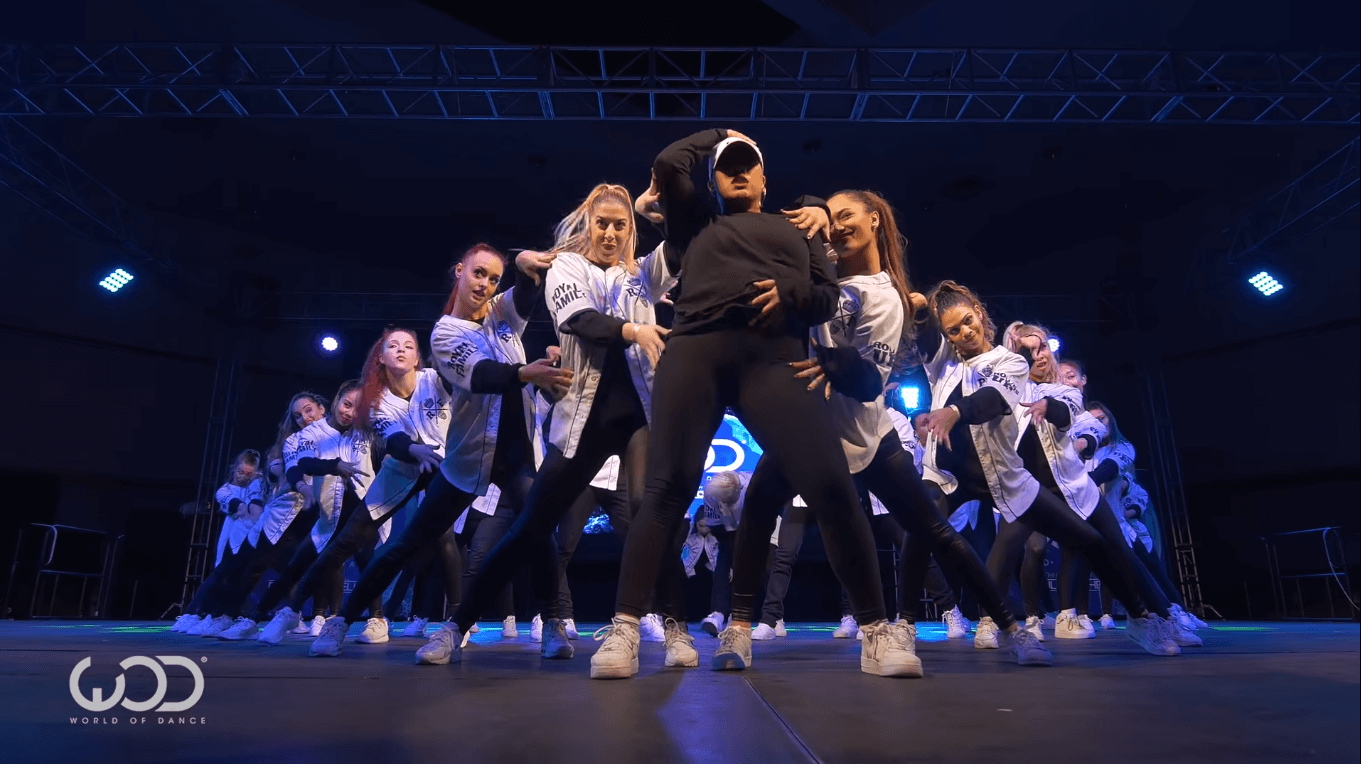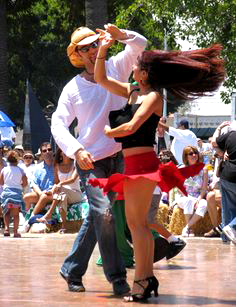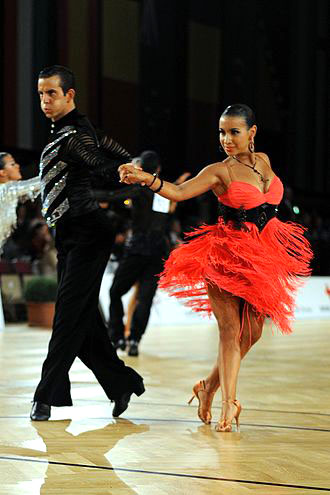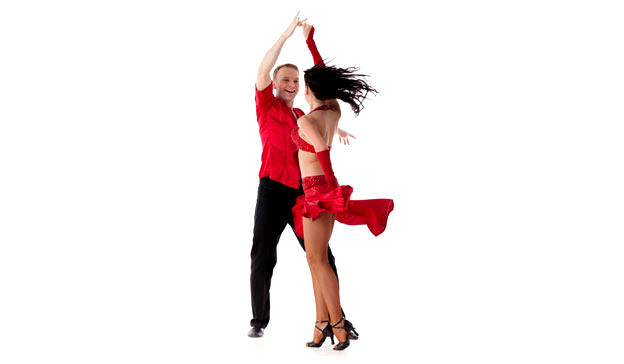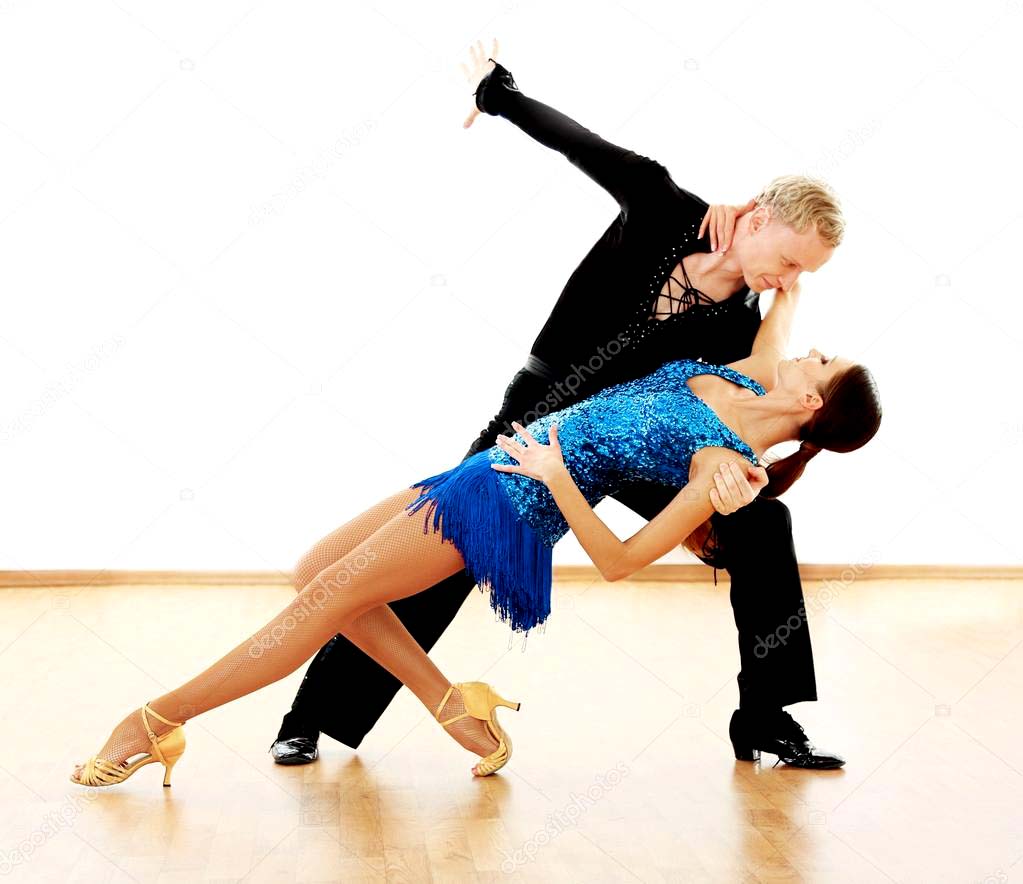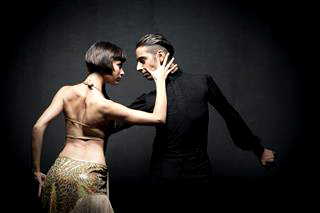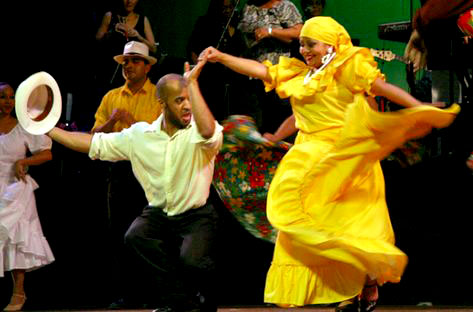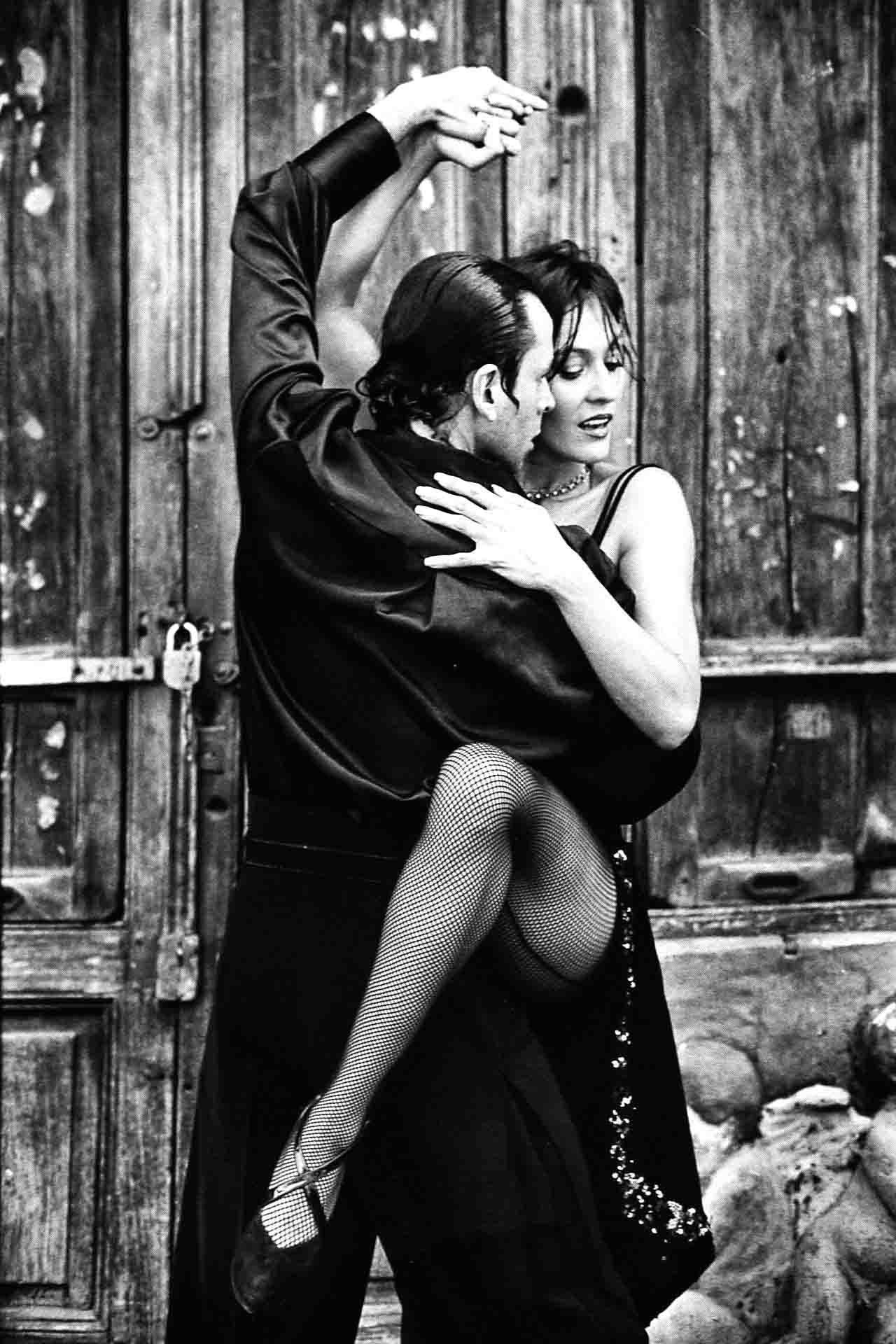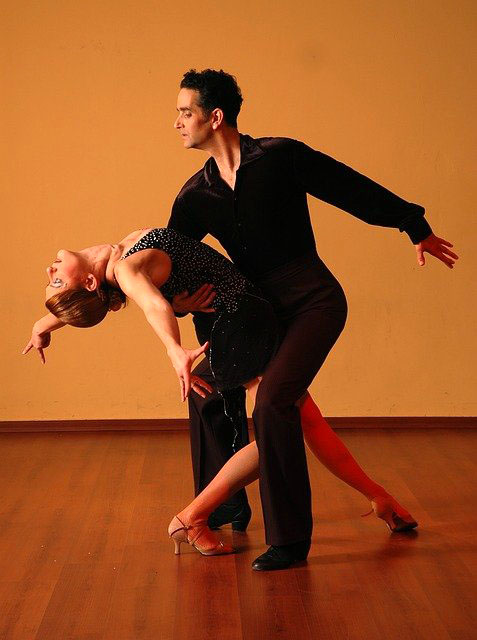

“Latin dance's influence was first derived from their native roots, the Aztecs, Guarani, Aymara, Incas and Tehuelches among others. When sixteenth-century seagoing explorers returned home to Portugal and Spain, they brought along tales of the native peoples. This suggests that these Native influences became the foundation for Latin dancing.
The movement and rhythms of African influences left a permanent mark in Latin dance. Their culture brought styles such as basic, simple movements (putting emphasis on the upper body, torso, or feet) and intricate movements like the coordination of different body parts and complex actions such as “fast rotation, ripples of the body, and contraction and release, as well as variations in dynamics, levels, and use of space.” The difference between the African and European styles was that it included bent knees and a downward focus rather than a straight-backed upward focus like the Europeans, and whole-foot steps than toes and heels. These influences from African roots have allowed Latin dance to become what it is today. Many dance styles from different areas of the world were integrated into Latin dance. Such styles came about which comprised the main categories of Latin dancing: Salsa, Mambo,Tango, Zambam Chacarera, Reggaeton, Perreo Merengue, Rumba, Cha Cha Cha, Bachata, and Samba.”
